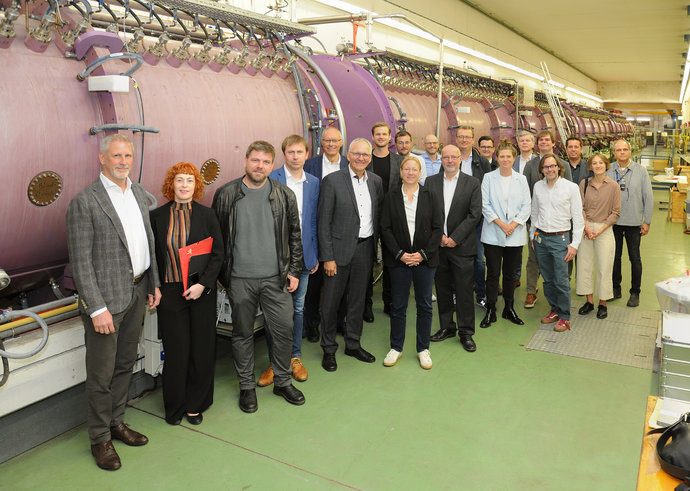

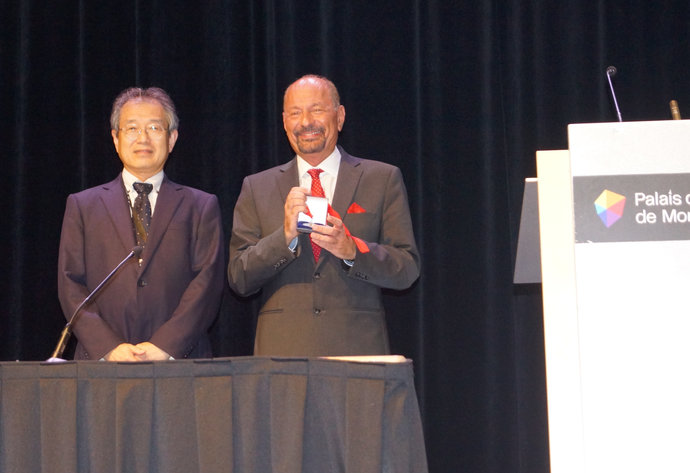

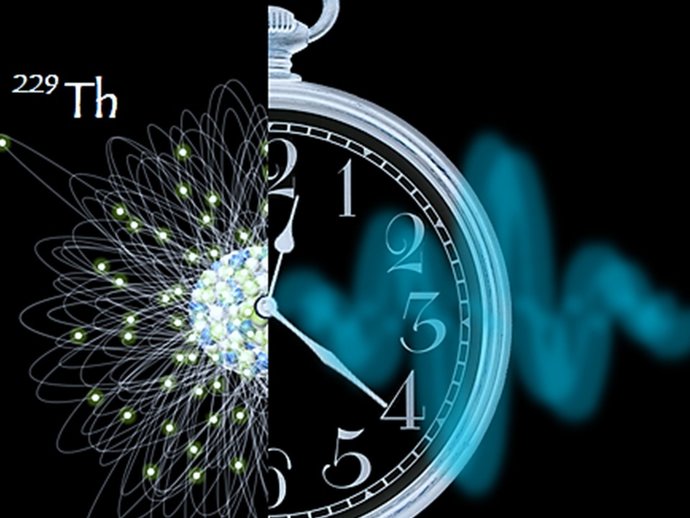
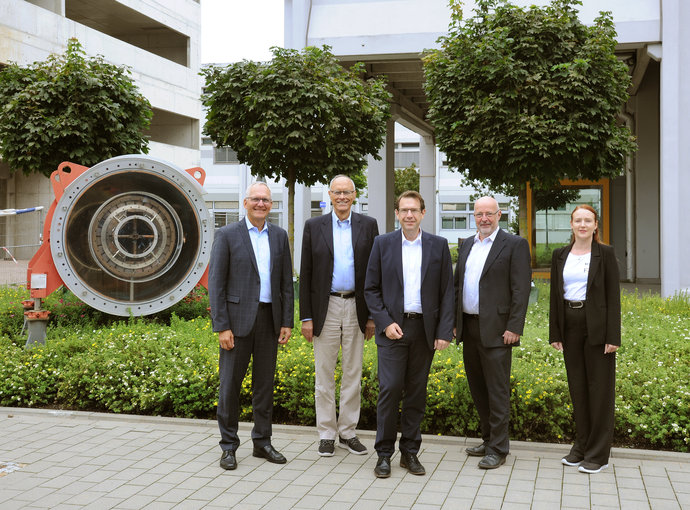

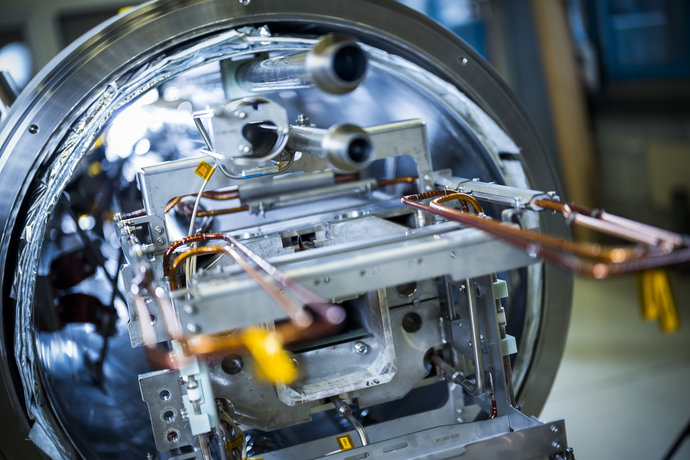
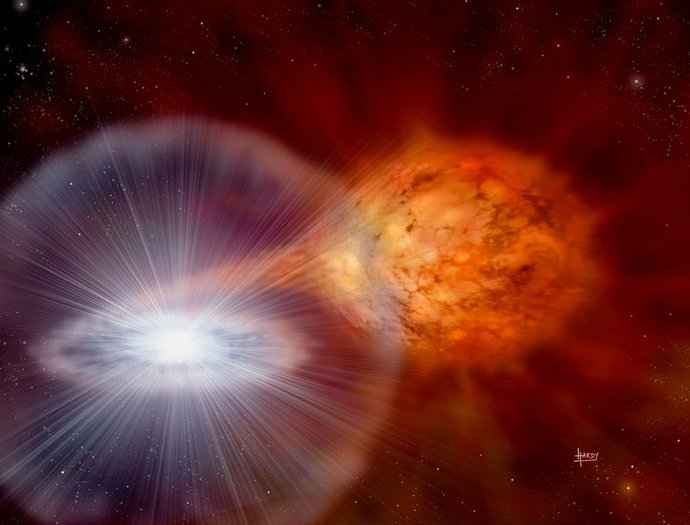










Wed, November 20, 2024 | 2 p.m.
Kleine Ziele, große Wirkung – Targets für den Teilchenbeschleuniger
Bettina Lommel, GSI/FAIR
Registration and further information

28.10. – 22.11.2024
Discuss with scientists as a school class

November 08, 2024
Tag der offenen Rechenzentren
Registration for Green IT Cube

November 21, 2024, 6 p.m.
ANOMALIE – Screening of Darmstadt's sci-fi series

Events at GSI:
GSI colloquium
Accelerator Seminar
Calendar